From the 1980s until 2002, the legendary nature photographer Galen Rowell embarked on more than thirty trips to the mountains, from Nepal to Alaska, Siberia to Tibet, Patagonia to New Zealand. You probably know his work from the covers of National Geographic, but you might not know that he rope climbed at Yosemite Valley for the first time at sixteen, a fateful moment that set his lifelong passion for landscapes in motion.
In the two decades since Rowell’s passing, we’ve seen countless photographers find joy, serenity, and transcendence in the mountains. Some have gone on to become expert climbers in their own right, introducing us to remote scenes and jaw-dropping views that would otherwise remain inaccessible and out of reach.
Mountains provide freshwater to half of our planet’s human population, and they account for some of the world’s most astonishing biodiversity. It’s no wonder so many adventures have traveled thousands of miles just to catch a glimpse. Read on to learn our best tips for mountain photography, as illustrated by some of the most beautiful images from the 500px community.
Tip: Plan for sunset
As with most landscape photography, you can’t beat the golden hour in the mountains. If you’re unable to camp out overnight to watch the sunrise, opt for sunset. Use an app to track the sun and plan for the right day; depending on the conditions, you might get a long golden hour or none at all. Also, when shooting at sunset, remember to pack a headlight so you can get back to your car (or camp) after dark.
Ain captures the sunset glow as it envelops Mount Gongga, the highest mountain in Sichuan province, commonly called the “King of Sichuan Mountains.” The peak is famously difficult to climb, with just over 30 people having reached its highest summit. For photographers, the King remains an enduring icon, attracting adventurous souls from around the world for nearly a century.
Nicolò Taborra captures autumn colors in the vast Dolomites of northeastern Italy. Known for their winding hairpin turns, alpine lakes that glitter like jewels, and wildflower meadows, the Dolomites are a UNESCO World Heritage Site. Even for someone like Nicolò, who’s spent much time exploring these peaks, they offer up surprises and delights around every corner.
Tip: Start close to home
Photographing local landscapes brings the benefit of easy access, so you can return as many times as you’d like. You can document the same place in winter and summer, during sunrise and after sunset. If one day doesn’t work out due to harsh conditions or less-than-ideal light, you can try again. The other bonus is that you know your home better than anyone, and you can discover those secret spots and lookouts an ordinary tourist might miss.
Brynjar Tvedt, a photographer from Norway, has been photographing (and skiing!) the Hurrungane mountain range for years now. “This is one of the many characteristic peaks in Hurrungane,” the artist says. “These two rise over 2000 meters above sea level.”
Based in Arctic Norway, Frøydis Dalheim finds inspiration in her own backyard, its natural wonders and history. “In winter, the Aurora performs her magical dance, and the midnight sun shines endlessly through the summer nights,” she says. “I like to get inspiration from the narrative tradition of the region, from ancient tales, folk tales, and stories from the Viking sagas.” She captured the Northern Lights reflecting in a frozen pond at Tungeneset on the island of Senja one November night.
Tip: Do your research
Aside from starting close to home, it’s best to start easy. Mountain landscapes can be hostile, and you need training, experience, and resources to tackle more strenuous journeys, so take your time and build up to it. If you do get the rare chance to visit a remote mountainscape, consult local experts and inform yourself of any potential risks so you can be prepared and ready for anything that comes your way.
When Tomas Havel trekked Nepal’s Manaslu Circuit in the Himalayas, he knew he was up for the challenge. “It is one of the least explored routes in Nepal; it is physically demanding and requires a special permit,” he shared on his blog. “The biggest challenge comes on the day of the ascent to Larkye La Pass (5125m), the highest point on the trek.
“Much of the pass is covered with ice and snow all year. It is necessary to come before the wind rises and the summit suffers from fog or snow. But that is not the only thing. Sunlight also increases the risk of avalanches falling. The guide said that there was the most snow in the past 20 years.” He lucked out: the next day, the pass was closed to hikers due to snow.
Tip: Keep exploring
Even if you feel you’ve already gotten the shot, keep looking for new and unexpected ideas and vantage points. If you can, set aside the whole day and night to explore. Pack as light as possible (just one camera body, one or two lenses, a tripod, and filters will usually be enough) so you can stay on your feet from sunrise to sunset. Look for interesting elements to include in your foreground to add interest. Be patient, and stick around for a while.
Kelvin Yuen caught this ethereal moment while visiting Iceland. “I enjoy creating unique compositions from famous shooting spots,” the artist reflects. “Spending time on scouting and discovering special elements for compositions is [one of the] best ways to connect with nature.”
“I remember standing this morning and waiting for the clouds to move,” Tobias Hägg remembers of this moment in Patagonia. “One minute felt like an hour, and the sunrise was already amazing. In my head, I wanted to make it look like the mountain was erupting like a volcano with the help of clouds. The clouds finally moved into position and this is the result.”
“It was so much fun playing around with those foreground elements at the wonderful Passo delle Erbe in the Italian Dolomites,” the photographer Sabine Weise remembers. “I took nearly a thousand different compositions, and this one is my favorite.”
Tip: Don’t wait for “perfect” conditions
While sunlit mountains and clear blue skies are irresistible, there’s also something to be said for moody days, as long as you’re watching the forecast and staying safe. Sometimes, bundling up in layers and pushing yourself to explore, even when the weather’s not ideal, results in a one-of-kind photograph.
Kvalvika Beach in Norway’s Lofoten Islands, photographed here by Simon Migaj, provides a sublime view of the turquoise sea and mountains. “The weather in Lofoten can be very tricky, definitely hard to predict, so don’t trust the weather forecasts too much,” the artist shared on his blog. “If your morning is rainy, dark, and cloudy, push yourself and get out anyways. There is a good chance that your day will improve.
“Also, when you get to the beach, instead of going left, straight to the sandy bit, go a bit forward to the right. You’ll find a hidden rope swing over there. Sitting on it, listening to the waves crashing, and taking in the view is truly an incredible experience. I’ve stayed on the beach way past sunset, and it was probably one of the best experiences of my life.”
Michael Chlebek proves that “bad” weather can make for epic photos with this view from the Olpererhütte, a mountain refuge in the Zillertal Alps in Tyrol. This suspension bridge is famous among climbers, as is the bluer-than-blue Schlegeis Lake and surrounding snow-capped mountains.
In 2021, Karol Nienartowicz photographed the Aletsch Glacier, the largest glacier in the Alps, during a storm. “I suspect you’ve never seen this place in such a dark setting,” the artist says [translated from the original Polish]. “I myself would never have foreseen that I would be photographing it in such conditions. The storm on the top of the mountain at an altitude of almost 3,000m is a hardcore experience. The whole day was unbearably hot, even high in the mountains. Seeing the approaching storm clouds, I hid between the rocks, but the rain soaked me anyway. I actually took the photo of the glacier at the last minute before the downpour.”
Tip: Give back
Finally, remember to pay it forward and help protect the landscapes you visit. You can do this by cleaning up after other tourists and making sure you follow only the marked trails, or you can do it by connecting with a local conservation group and seeing what you can do to help. Maybe you volunteer during your time there, or you donate your photos to a good cause.
Kalen Emsley has returned to Moraine Lake time and time again, through every season and time of day. He’s captured sunrise, sunset, and the night sky over this Canadian landscape, and on one occasion, he even lost his phone while sprinting to get the perfect shot. Kalen is passionate about protecting the wild places he loves; he’s been planting trees for more than a decade now, working on projects in Senegal, Peru, Nepal, Madagascar, Indonesia, Haiti, and close to home in Canada.
Not on 500px yet? Sign up here to explore more impactful photography.
The post Alpine views: 12 breathtaking mountainscapes to celebrate the chilly season appeared first on 500px.
[NDN/ccn/comedia Links]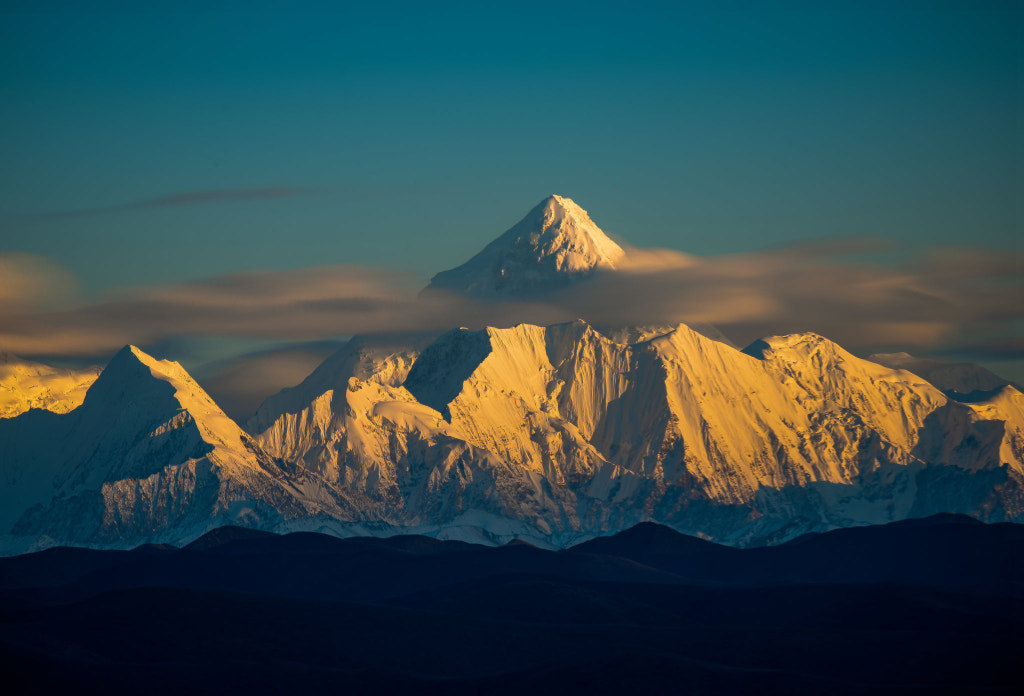
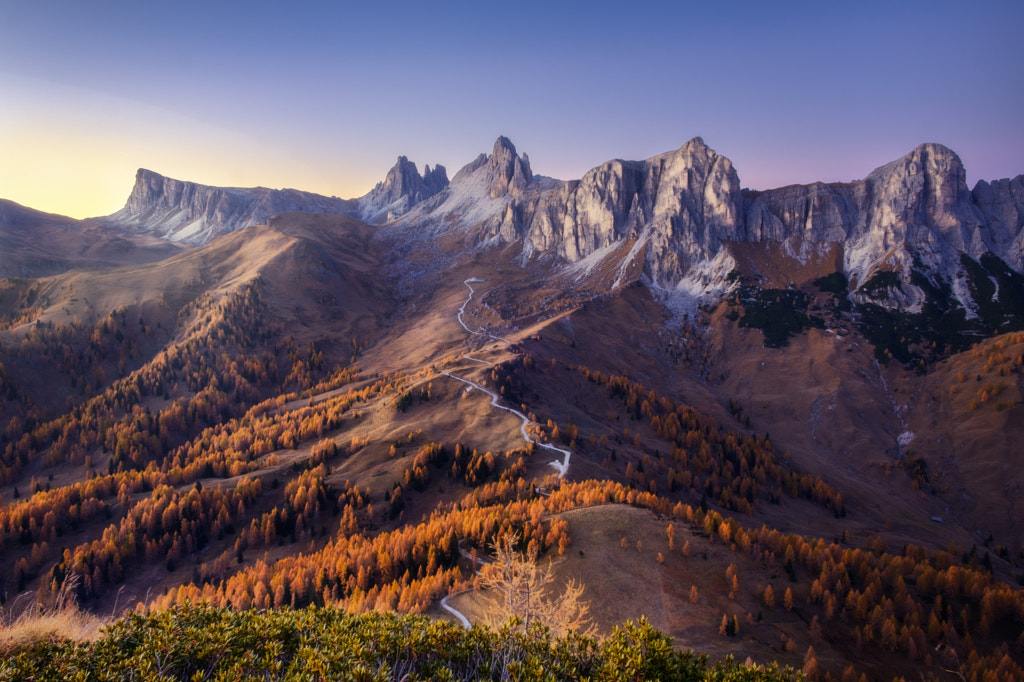
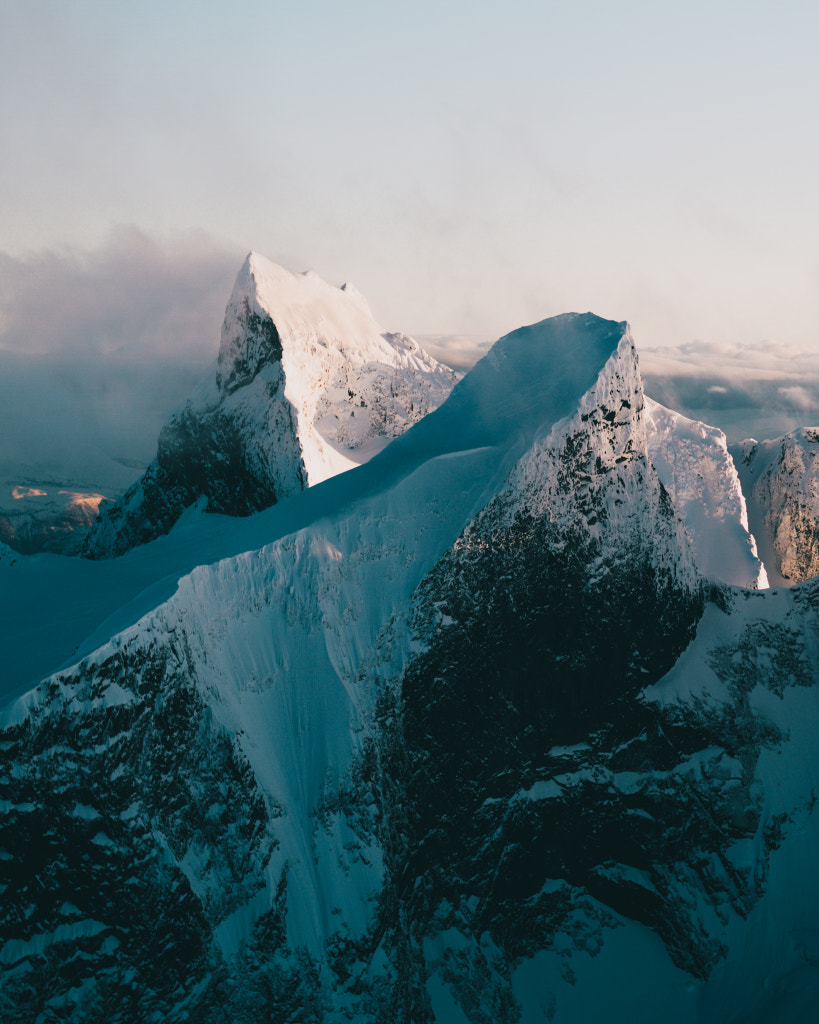
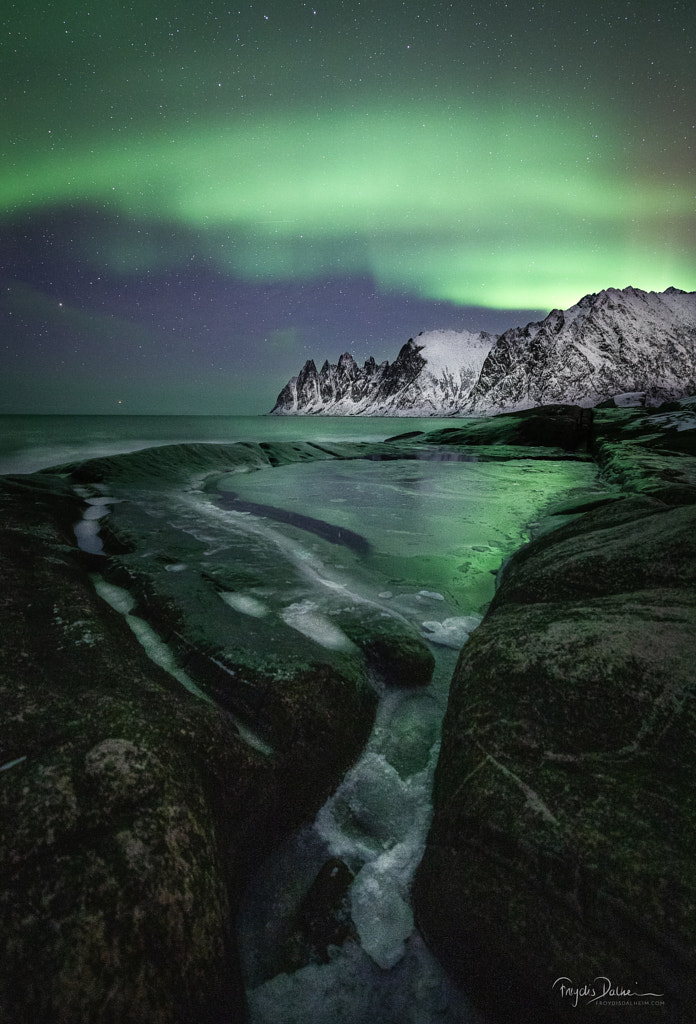
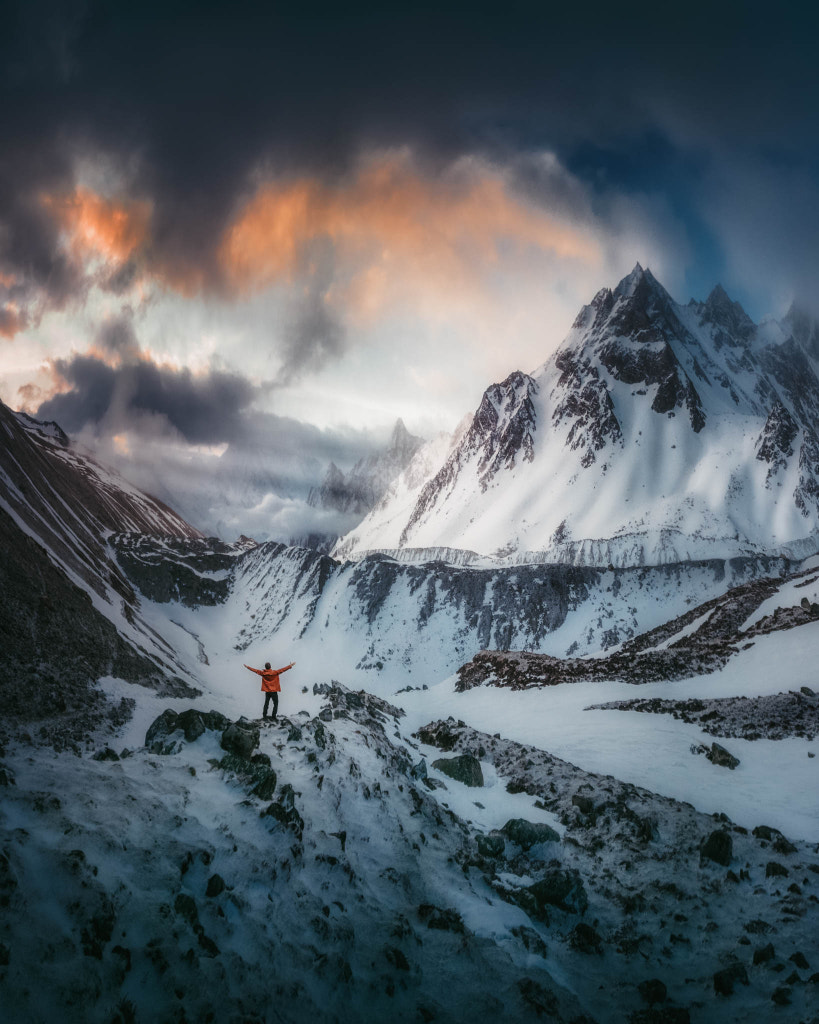
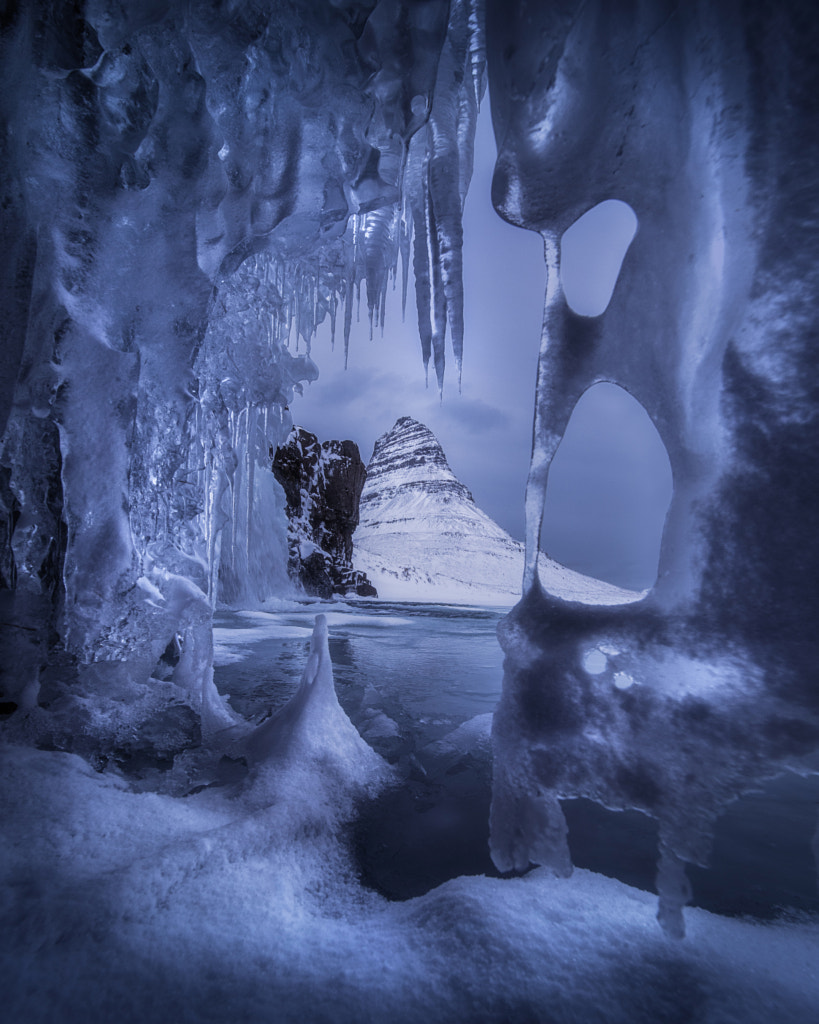
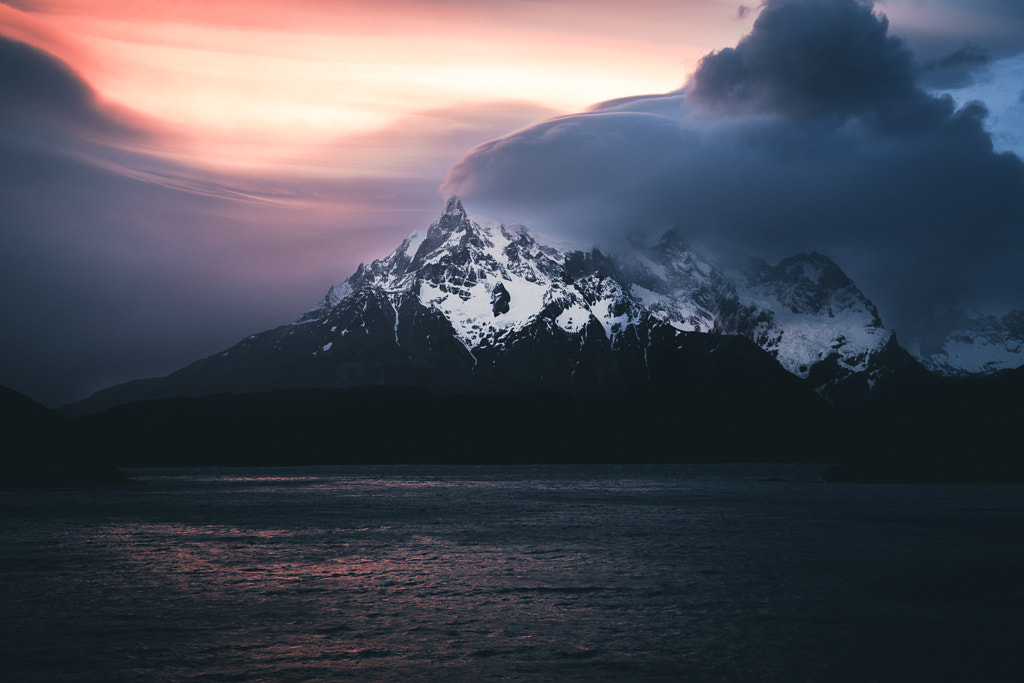
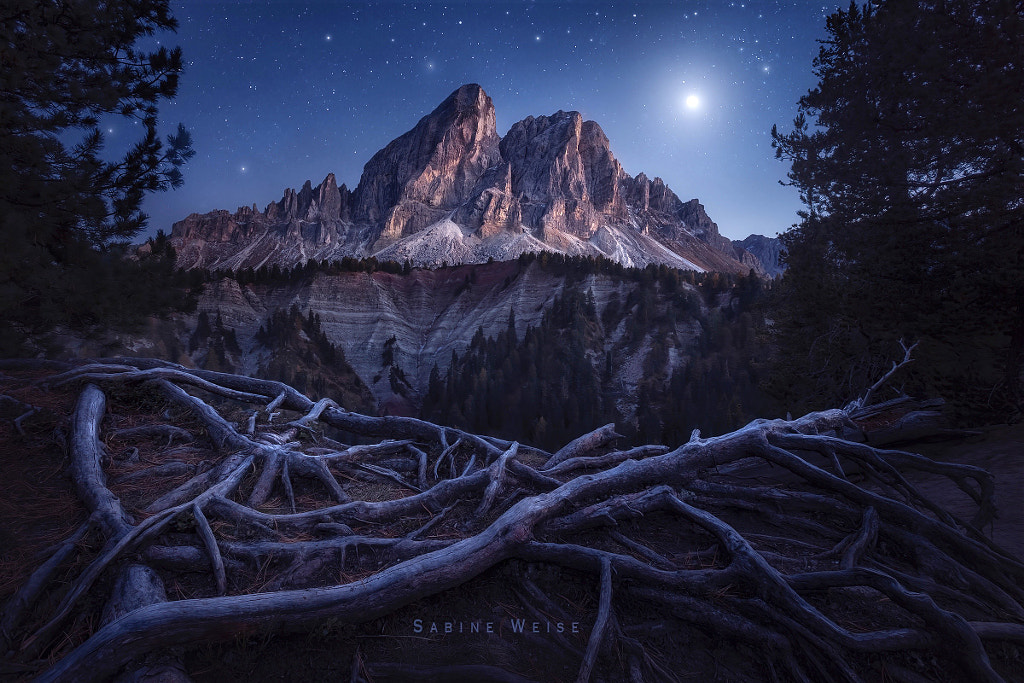
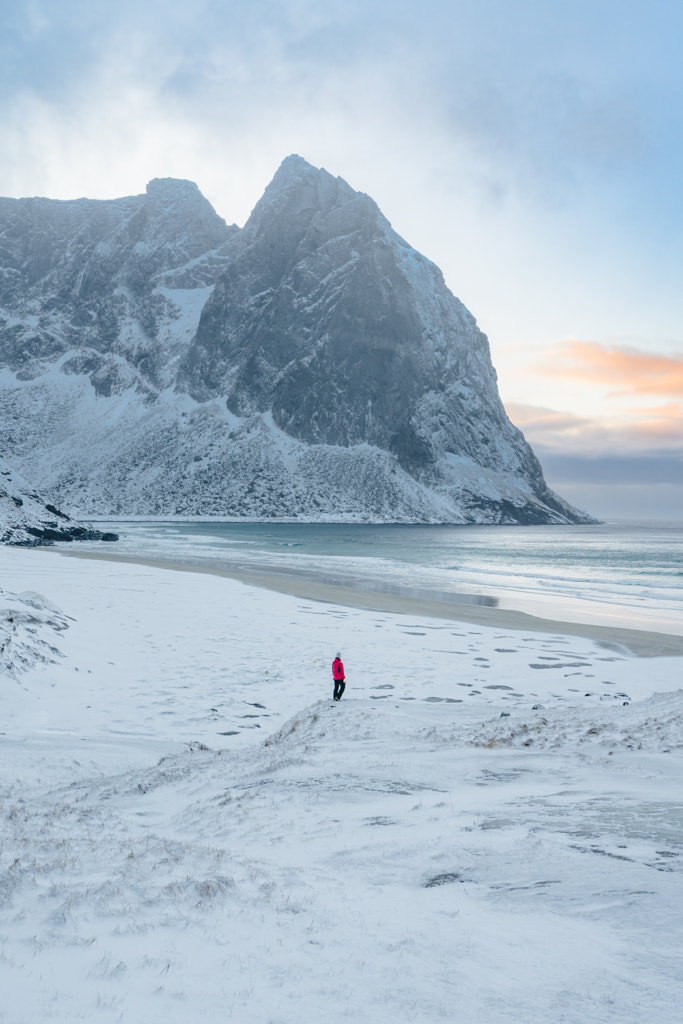
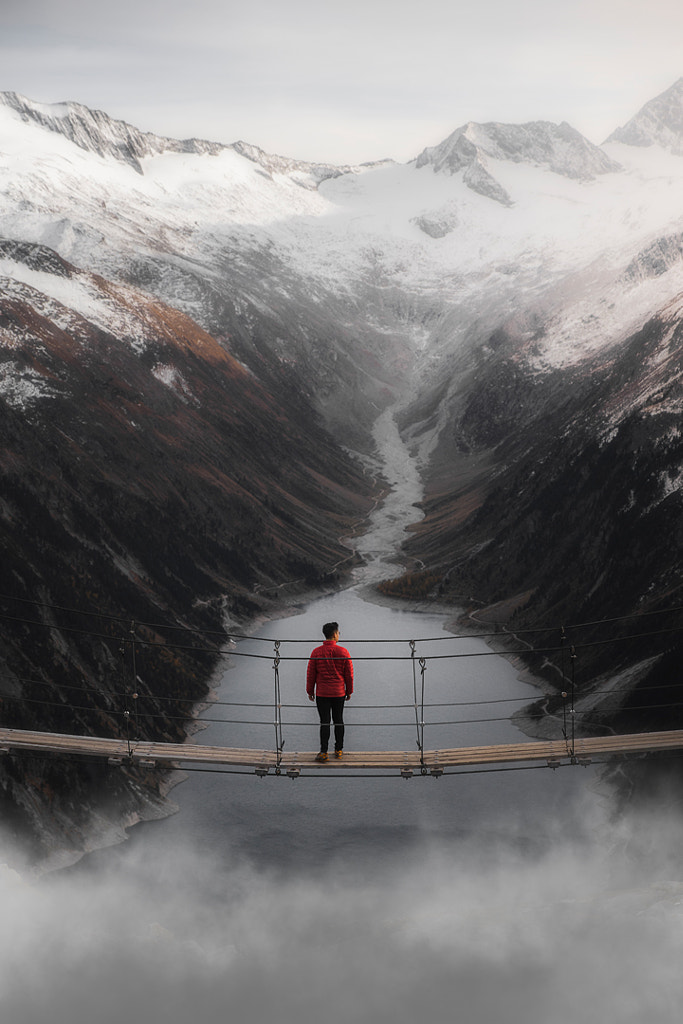
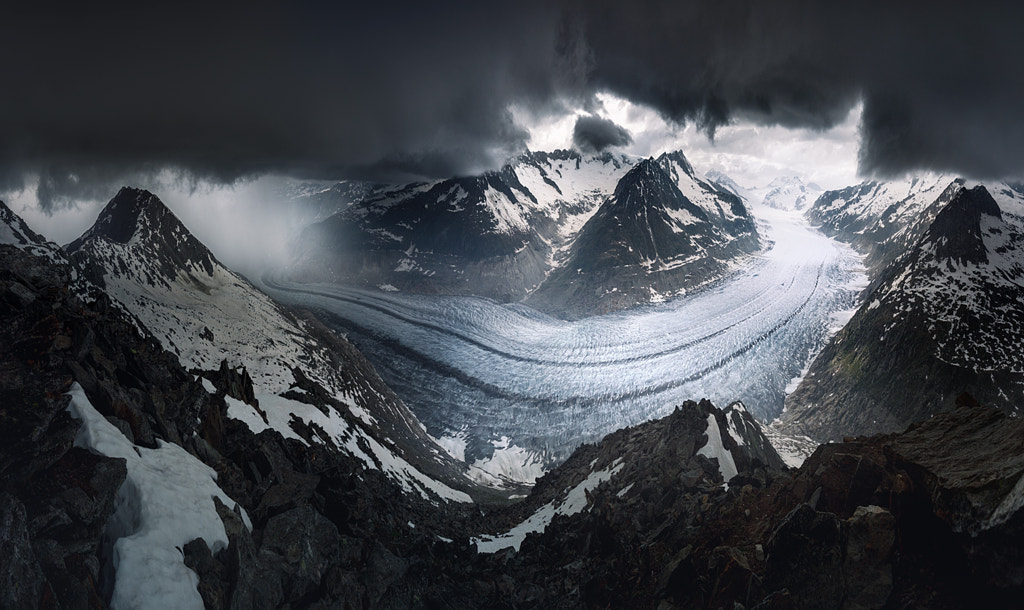
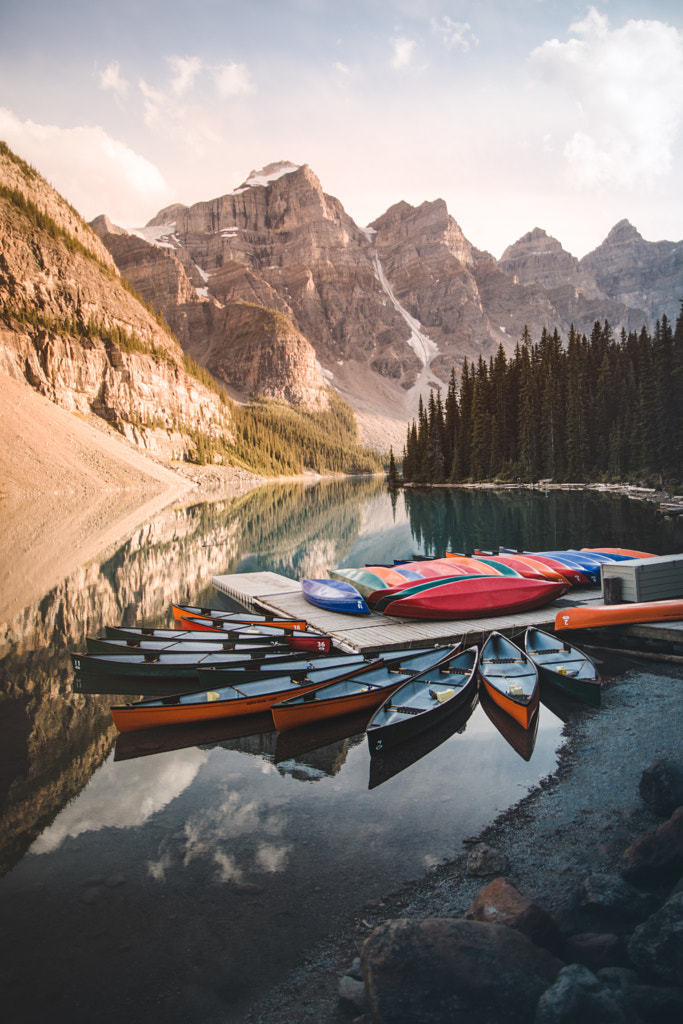
No comments:
Post a Comment